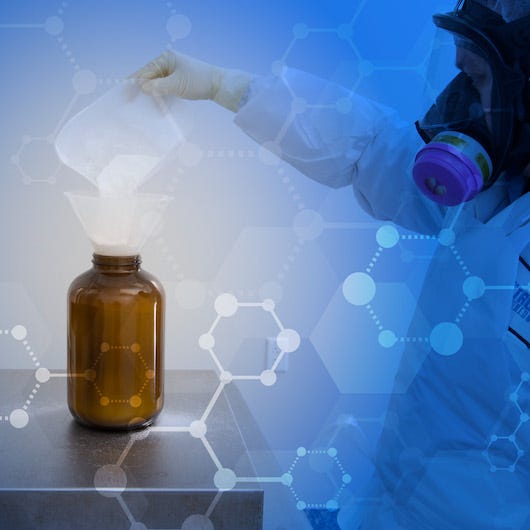Sapphires have long been celebrated for their stunning beauty and remarkable durability, making them a popular choice for jewelry. However, with the rise of lab-created gemstones, many consumers find themselves wondering how to differentiate between natural and synthetic sapphires. This article aims to provide a comprehensive guide on how to tell if a sapphire is lab-created, equipping you with the knowledge to make informed purchasing decisions.
Understanding the Basics: Natural vs. Lab-Created Sapphires
Before diving into the distinguishing features, it’s essential to understand the fundamental differences between natural and lab-created sapphires. Natural sapphires are formed over millions of years in the Earth’s crust, while lab-created sapphires are synthesized in controlled environments using advanced technology. Both types share the same chemical composition—aluminum oxide with trace elements that give them their color—but their origins and formation processes differ significantly.
Key Indicators of Lab-Created Sapphires
- Inclusions and Bubbles:
One of the most telling signs of a lab-created sapphire is the presence of inclusions or bubbles. Natural sapphires often contain unique inclusions formed during their geological journey, such as rutile needles or silk. In contrast, lab-created sapphires may exhibit gas bubbles or curved striations, which are indicative of the synthetic process. A jeweler’s loupe or a microscope can help you examine these features closely. - Color Consistency:
While natural sapphires can display a range of colors and color zoning due to their formation process, lab-created sapphires tend to have a more uniform color. If you notice an overly consistent hue without any variations, it may be a sign that the sapphire is lab-created. Natural stones often exhibit subtle color shifts and inclusions that add to their character. - Refractive Index:
Both natural and lab-created sapphires have a refractive index of approximately 1.76 to 1.77. However, advanced gemological testing can reveal slight differences in optical properties. A professional gemologist can perform tests using refractometers to determine the refractive index and help identify the stone’s origin. - Fluorescence:
Under ultraviolet light, lab-created sapphires often exhibit a stronger fluorescence than their natural counterparts. This is due to the presence of certain trace elements introduced during the synthetic process. If you have access to a UV light source, examining the sapphire under these conditions can provide additional clues. - Certification and Documentation:
When purchasing a sapphire, always ask for certification from a reputable gemological laboratory. Certificates from organizations like the Gemological Institute of America (GIA) or the International Gemological Institute (IGI) will clearly state whether the sapphire is natural or lab-created. This documentation is crucial for ensuring the authenticity of your purchase.
The Role of Pricing in Identification
Pricing can also be a significant indicator of whether a sapphire is lab-created or natural. Lab-created sapphires are generally more affordable than their natural counterparts due to the lower cost of production. If a sapphire is priced significantly lower than similar natural stones, it may be worth investigating further. However, be cautious, as some sellers may misrepresent lab-created stones as natural to capitalize on their lower price point.
Conclusion: Making Informed Choices
In conclusion, distinguishing between lab-created and natural sapphires requires a keen eye and a bit of knowledge. By examining inclusions, color consistency, refractive index, fluorescence, and obtaining proper certification, you can confidently identify the origin of a sapphire. As the market for gemstones continues to evolve, being informed will empower you to make choices that align with your values and preferences.

